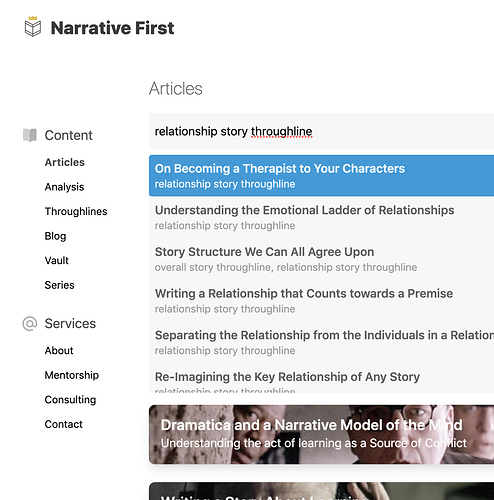I’m trying to put my finger on the essence of the RS in my story. Tightening the storyline, I want to be able to explain (to myself) where the line is between MS/IC/OS and RS.
So, discuss.dramatica crowd, would you share posts and articles or quotes that have MOST helped you to understand RS. Or maybe what RS is not.
I found this.
Strangely, the comment about waves and colors made so much sense.
I’m a linear thinker, hands down. But I think I understand that if the OS is the linear story (the outline of the picture), the RS is juxtaposed as the holistic story (the paint and texture, colors and patterns).
Or maybe I should just go with the waves and colors idea, and consider it the passionate argument which conflicts with and challenges the OS argument.
I also find this post helpful.
As does this
So:
RS is:
- the shifting of affections within the storm of the OS story
- the negative space between the MC and IC/other character(s)
- the waves and colors that distinguish the passionate-causation giving depth to the story
- the emotional balances that feed into the MC and IC motivations
RS is not:
- merely the logical progression/dynamics of the love story or the friendships in the story
- a subplot for the sake of subplot

